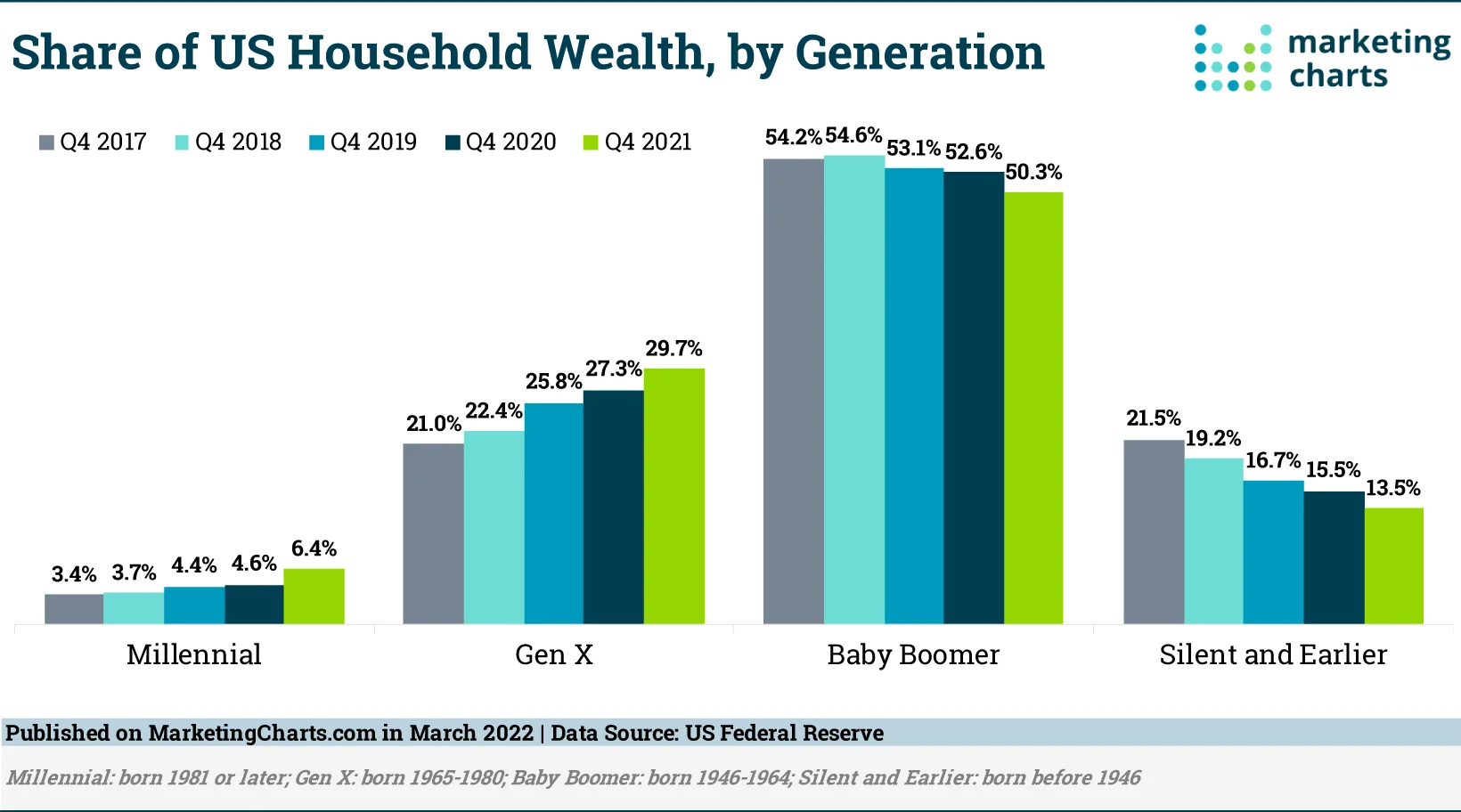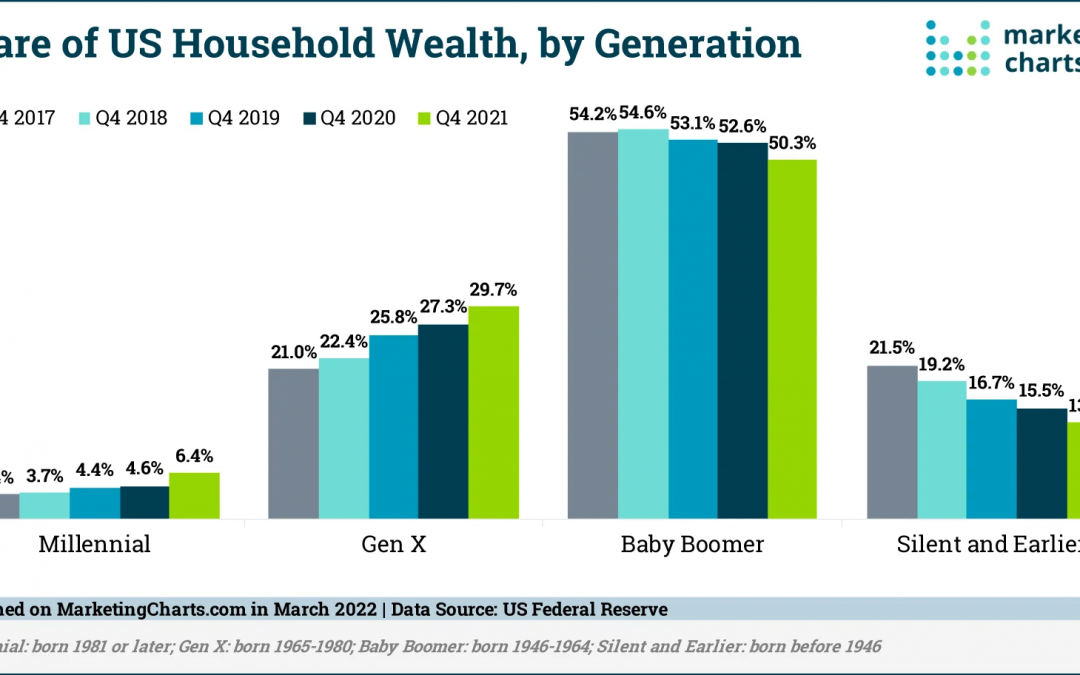Depending on where you get your news and information, you’ve probably heard a lot of Gloom and Doom stories about the economy.
Some say we’re in a recession, others say “no, not yet, don’t label it with the R word.”
Some blame the President, others blame the previous President, some say Covid, others say… well whatever, it doesn’t really matter.
For those of you who age 35 or younger, your adult lives were relatively stable until 3 years ago, economically speaking.
By 2010, a mere 13 years ago, the U.S. economy was in a growth mode that lasted 10 years. Inflation was down, unemployment was disappearing, stock prices were on the upswing and overall, except for the political bickering, we really didn’t that much to worry about.
Sure, there was and is talk about climate change, human rights, making sure everyone was being treated fairly without bias due to gender, skin color, race, or anything else that needs improvement.
But for today, I’m talking about money and the health of our economy in the United States.
Generally speaking, as a group, we were doing well.
But the impact of Covid related decisions has thrown us into a bit of turmoil and confusion. Shutting down businesses, toilet paper shortages, overwhelmed health care operations. Followed by disruptions in the supply chain for essentials besides toilet paper and eventually rising prices has had an impact on most people.
Those of you under the age of 35 haven’t seen this before and that can create fear of the unknown.
Those of us who are old enough to be your parents, have lived through challenges similar to this and I’m here to attempt to reassure you.
I turned 63 on my last birthday and am at the tail end of the baby boomer generation. When I was a teenager, Jimmy Carter was the President. We had just survived the Watergate years with the resignation of Richard Nixon. Gasoline rationing was going on because we didn’t have enough. Our country recovered and grew in the 1980’s.
The next big crisis I recall off the top of my head would have been September 11th, 2001. The world stopped as all air flight was grounded and we had no idea what to expect. We made adjustments and continued until the housing market took a tumble in 2008 and again, gloom and doom was the mood.
2008 was the year that a widely unknown candidate for the Presidency of the United States went all the way to the White House on a message of Hope & Change. It was during the Obama years that those of you that are 35 or younger first started becoming aware of money and what things cost.
On my team at Federated Media, the youngest is turning 26. She is the first year of Gen Z. I also have three Gen X and two Boomers. The life experiences color each of their perspectives and outlooks on life today and in the future. But each is different too due to factors not related to age.
The original question of this piece is not about attitudes but reality.
The reality of who’s got the money to spend in 2023.
As a generation, the biggest chunk is still with the Baby Boomers, followed by Gen X and then Millennials.
In advertising, there used to be an ideal age demographic that was initially 18 to 34 year olds for a number of years and then shifted to 25-54 year olds.
Nearly all the advertising was targeted to people in this demographic and the question to ask is why?
Baby Boomers were the largest generation ever, spanning the years 1946 to 64 for their birthdays and by the 1980’s most of them were between ages 18-34.
As Boomers aged and started families, the desired demo shifted to the 25-54 year olds and sort of stuck there.
Problem is the youngest of the Boomers are turning 59 this year and have fallen out of favor due to their age for the advertising community.
The exception seems to be all the medical and retirement advertising.
But believe me, the people who have the money to support your business still are the Baby Boomers with over 50% of the wealth and Gen X with nearly 30% according to several studies including MarketingCharts.com.
Marketers like to focus on youth, whether that’s Millennials or Gen Z, but Baby Boomers are the big spenders. A MarketingCharts review of the latest data published by the Federal Reserve confirms that Baby Boomers hold the largest share of US household wealth. However, Gen Xers, and to some extent Millennials, are seeing their wealth climb.

As the General Sales Manager of 4 radio stations in Fort Wayne, Indiana that target our programming to reach people with money to spend, even now, I can help you by connecting our listeners to you and your business so you can convert them to become your customers in 2023. Email me for information: Scott@WOWO.com

